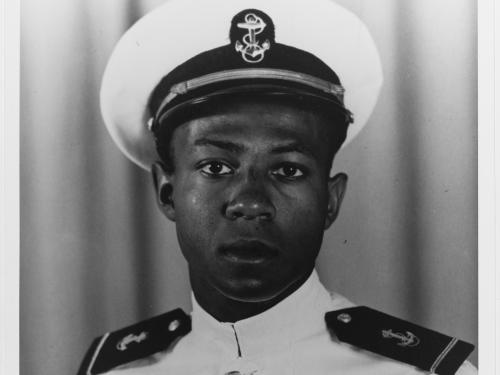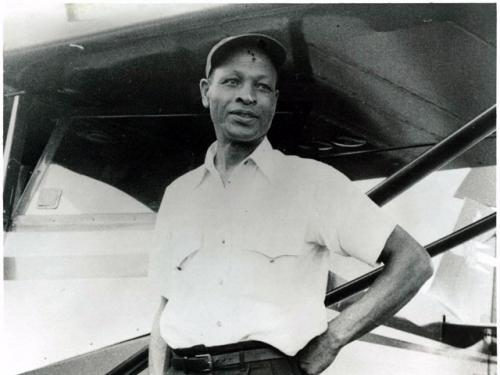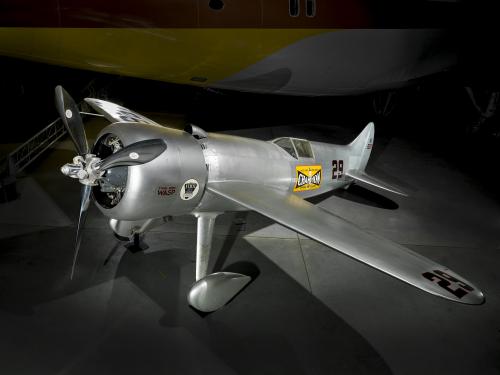
Stories of daring, stories of technological feats, stories of prevailing against the odds ... these are the stories we tell at the National Air and Space Museum. Dive in to the stories below to discover, learn, and be inspired.
Showing 61 - 70 of 500

February 21, 2023
During World War II, the U.S. Navy did not have a program that allowed African Americans to train and fly as naval aviators. Jesse Leroy Brown, however, fought through many hurdles to become the first African American to complete Navy flight training. Discover his story.

February 16, 2023
Maj. Gen. Charles Bolden was NASA's first African American Administrator. He also served in the military and logged over 680 hours in space.

February 14, 2023
Cornelius Coffey was an advocate for the education of Black Americans in aeronautics.

February 09, 2023
In the fifties and sixties to get hired as a stewardess put you in a club that was akin to being a movie star. Around this time, a highly qualified woman, top of her training class, beautiful and poised, didn't understand why she wasn't being hired, until an instructor told her it was because she was Black.

February 01, 2023
Museum curator emerita Valerie Neal reflects and shares her memories of Space Shuttle Columbia's disaster on the 20th anniversary of STS-107.

February 01, 2023
Chawla made history as the first Indian woman, and the first South Asian American woman, to fly in space. Discover her story.

January 05, 2023
Walter Cunningham passed away on January 3, 2023. As a member of Apollo 7, Cunningham took on the risk of flying the first crewed flight of the Apollo program, which paved the way for future Apollo missions, including the first lunar landing in 1969.
December 29, 2022
While not a household name, Gerard K. O’Neill contributed greatly to furthering the ideas of space flight for the post-Apollo era of the 1970s. Explore his work and futuristic visions.

December 22, 2022
A recent study of the iconic 1930s racing airplane, the Turner RT-14 Meteor, highlights its complex origins. Read about what was learned about Roscoe Turner's racer as it went through a thorough inspection in preparation for display.

December 21, 2022
The checklists Sally Ride included in her personal papers help tell the story of her remarkable life.
